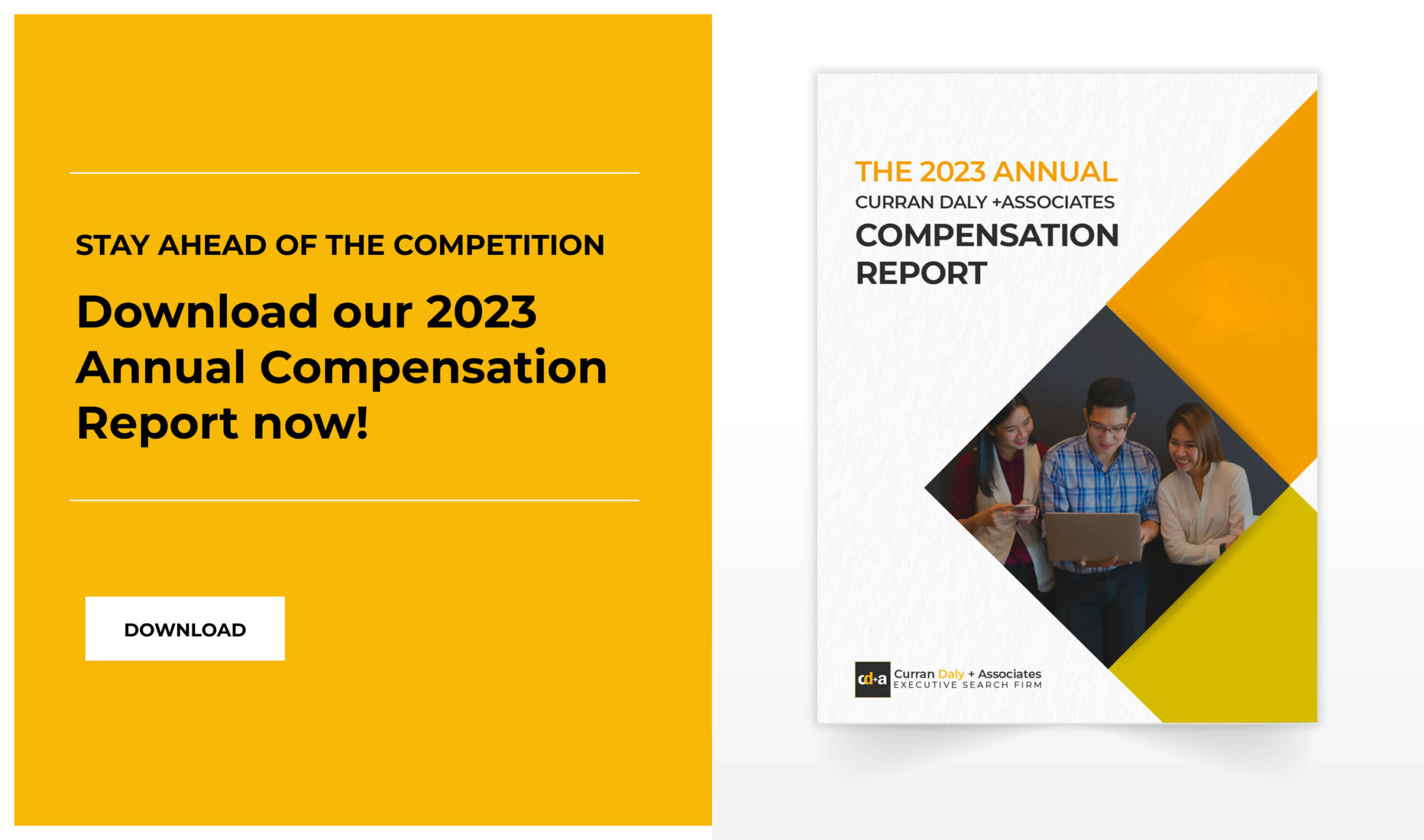- While widely used in recruitment, traditional CVs have inherent limitations that can hinder the hiring process.
- Subconscious biases, inefficient shortlisting, and the potential for misleading information are key challenges associated with CV accuracy assessment.
- To address these issues, alternative recruitment approaches that value skills, competencies, and cultural fit are essential for creating more inclusive and effective hiring processes.
Hiring new employees should ideally be an exciting opportunity, but it often becomes burdened with stress, hassle, and frustration. We often come across applications like resumes, cover letters, and the curriculum vitae (CV).
CVs have long been considered the cornerstone of evaluating a candidate’s suitability for a role. However, beneath the surface, a nuanced landscape of potential pitfalls and challenges is associated with this traditional document.
Bias seeps in subtly through irrelevant personal details; exaggerations can tarnish authenticity; vital soft skills might get lost amidst career specifics – leaving us, hiring managers, with an incomplete picture of our candidates.
This article will delve into the less-discussed aspects of CV accuracy, shedding light on the biases, inefficiencies, inaccuracies, and often-overlooked soft skills that can significantly influence the hiring process.
By uncovering these critical elements, we gain a deeper understanding of the complexities surrounding CVs and their impact on recruitment outcomes.
What Is a Curriculum Vitae?
A curriculum vitae (CV) is a detailed account of your academic and professional journey. It’s a crucial document in the hiring process that showcases your education, experience, and achievements. In addition to highlighting your professional references, a CV may encompass relevant coursework, fieldwork, and hobbies related to your field.
What sets a CV apart from a resume is its depth. While a resume is usually kept to a single page and provides a concise overview, a CV can stretch beyond that limit. It delves into your past experiences in a more comprehensive manner.
Typically, you’ll encounter requests for CVs in fields with a strong academic focus, such as applying for graduate programs or seeking study grants. They tend to run between 2 to 3 pages, but they can be considerably longer for individuals with extensive experience and a substantial body of published work.
It’s worth noting that while CVs aren’t as universally used as resumes, they do hold a significant place in certain job markets, particularly in American and European contexts. In fact, sometimes, an employer may request a CV or a resume, but not both.
In academic circles, CVs shine. You have the opportunity to include abstracts from published works, research studies, and noteworthy academic papers. Traditional CVs adhere to a specific format, but with the rise of video and multimedia formats, we’ve seen a shift towards more extended, dynamic versions.
Mastering the art of crafting a CV might seem a bit daunting, but once you know what to highlight, it becomes a powerful tool for hiring managers. It allows them to sift through applicants effectively and pinpoint who to consider for the next steps in the hiring process. Naturally, the importance of a CV can vary depending on the industry and specific hiring practices.
CVs and Resumes: What’s the Difference?
People often use CV and resume interchangeably, but they’re not quite the same. The key difference lies in their length and purpose.
A resume is like a concise snapshot of your professional life. It’s typically limited to a single page, designed to give employers a quick overview of your education, work experience, and qualifications. In fact, most employers prefer resumes to be short and to the point. They want the highlights, not the entire story.
On the other hand, a CV takes a more comprehensive approach. Page limits do not constrain it but instead focus on your relevant experiences. So, a CV can stretch quite a bit for someone with a wealth of expertise. It might even resemble a personal portfolio, showcasing your complete history of pertinent education and work experiences.
So, what’s the difference? Well, it’s all about the job you’re applying for. When employers ask for a resume, they’re looking for a quick summary tailored to a specific role. They want efficiency in their hiring process. But when they request a CV, they’re after a deeper dive into your background. This is particularly common in academia, research, or professions with a long history of specialized work.
In essence, both CVs and resumes serve their purposes in different contexts. Resumes offer a swift and streamlined glimpse into your qualifications, while CVs provide a more comprehensive story of your professional journey. So, it’s essential to know which one to use depending on the job you’re pursuing.
The Shortcomings of Traditional CVs in the Recruitment Process
As we delve into the world of recruitment, traditional CVs are like old friends. Despite being an old acquaintance, they can fail us in our time of need.
The Role of Subconscious Bias in CV Assessment
Bias can distort our hiring decisions without us even realizing it. When assessing a job applicant’s curriculum vitae (CV), subconscious bias might lead to unfair discrimination based on factors such as name, race, or gender. In fact, research has shown that names that sound more African American or female can still be evaluated differently on CVs.
This kind of judgment is akin to evaluating a book solely by its appearance rather than the content within. It doesn’t help that certain university names or an economics degree may hold more sway due to societal perceptions.
Inefficiencies in Shortlisting Candidates from CVs
Selecting candidates from heaps of traditional CVs is no small task – it’s time-consuming and not consistently effective. Job descriptions often demand specific skills or experience levels, yet these key details may be buried within dense paragraphs, making shortlisting inefficient.
A study by The Ladders suggests recruiters spend only six seconds reviewing individual resumes before deciding whether the candidate fits the person specification required for further consideration – talk about pressure.
Misleading Information & Lack of Depth in Traditional cvs
Although essential in the hiring process, CVs often fall short of providing a complete and accurate picture of a candidate’s qualifications. Imagine a candidate who’s held the same job for years but has yet to show progression or development.
While candidates may possess a rich array of experiences and skills, these might not be fully showcased in their CVs. Sometimes, candidates opt to omit crucial details like significant projects or training they’ve undergone, either because they don’t deem it relevant or because there’s limited space available. Their CV may also not reflect their growth due to its chronological resume format, leading to potential red flags during recruitment.
Furthermore, CV information is frequently subjective and prone to exaggeration. Many job seekers employ creative language and phrasing to present their skills and experiences in the most impressive light possible.
Now, there’s nothing inherently wrong with showcasing oneself effectively, but it can become challenging to distinguish between factual information and embellishment when reviewing CVs.
A survey by CareerBuilder found that 75% of employers have caught job seekers lie on a resume. It seems some people are more creative with their CVs than they are in real life.
💡 Key Takeaway: Traditional CVs, while familiar in recruitment, come with flaws, inviting subconscious bias, can be inefficient for shortlisting candidates due to dense content, and may contain misleading information.
Discrepancies in Jobseekers’ CVs
While a CV may provide an overview of somebody’s background, it can only sometimes be trusted to forecast their future success. Some job seekers may even stretch the truth about their employment history or skill set.
Indeed cites common CV mistakes range from incorrect employment dates to exaggerations about roles and responsibilities. These misrepresentations pose question marks over credibility and integrity, crucial traits employers look for.
Inconsistencies also emerge when candidates use different resume formats without updating information consistently across them all – a functional resume work job search on Monster.com might not match with chronological LinkedIn profile details. This raises red flags about attention to detail – another critical trait employers desire.
Key Takeaway: CVs provide insight into a candidate’s past but may not accurately predict future performance. Discrepancies or exaggerated accomplishments can make evaluation difficult, potentially raising questions about the applicant’s thoroughness.
The Neglect of Soft Skills and Attributes in Traditional CVs
Traditional CVs often highlight academic achievements and work experience, leaving out crucial soft skills. Yet, these transferable abilities play a significant role in shaping an employee’s effectiveness at their job.
McDonald’s research reveals that one needs more confidence in explaining their soft skills to potential employers out of every five young individuals. Additionally, more than half (54 percent) have never included their soft skills on their CV.
Limited Format in CVs
Also, job seekers may find it hard to make their CV stand out when confined by conventional formats, which focus heavily on employment dates and formal qualifications.
Career Builder suggests that around 54% of resumes need more customized content tailored for specific roles. This calls attention to creating room for showcasing personality traits alongside chronological resume data points like previous jobs or degrees earned.
Key Takeaway: Job seekers often find it challenging to emphasize essential soft skills, equally valued by recruiters alongside technical expertise, due to the traditional CV format primarily highlighting academic and work achievements.
The Need for Alternative Approaches in Recruitment
Traditional CVs have long been the go-to recruitment method, but they’re not without their shortcomings. This is where alternative approaches step in – strategies that value abilities and competencies over simply what’s listed on a piece of paper.
Tailoring Recruitment Processes to Assess Abilities and Competencies
In an ever-evolving job market, hiring professionals realize that a tailored CV alone can’t define potential employer-employee relationships.
Focusing solely on the content of a traditional CV can limit our understanding of candidates’ full capabilities. Instead, implementing hiring processes such as work simulations or skill-based assessments can give employers insight into practical skills relevant to specific roles.
This isn’t to say academic achievements don’t matter – far from it. Balancing this with an assessment of transferable skills allows for fairer hiring decisions considering hard facts and softer qualities like interpersonal ability.
Ditching rigid resume formats encourages recruiters towards holistic evaluations beyond typical question marks on CVs. And let’s not forget about the often overlooked yet crucial element of cultural fit. No amount of qualifications can compensate for a lack of alignment with company values.
Adopting alternative approaches in recruitment is challenging – it involves significant shifts in traditional practices. But by broadening our assessment criteria beyond the confines of a conventional CV, we can create more inclusive and comprehensive hiring processes.
💡 Key Takeaway: Alternative recruitment methods, such as work simulations, reveal practical abilities beyond a CV’s scope, emphasizing the importance of a balanced assessment approach for fairer hiring decisions and improved cultural fit.
Final Thoughts
In the pursuit of hiring the best talent, the reliance on traditional CVs can often lead to unintended challenges and limitations. Originally intended to be exciting, the process can become burdened by inefficiencies, biases, and potential misrepresentations. It is evident that CVs, while informative, may only sometimes provide a complete and accurate picture of a candidate’s qualifications.
Subconscious biases, often triggered by names or academic affiliations, can inadvertently influence decision-making. Inefficiencies arise when sorting through dense CVs, potentially causing valuable candidates to be overlooked. Misleading information, discrepancies, and a lack of depth in CVs can obscure a candidate’s true potential. The neglect of soft skills and attributes in CVs further compounds this issue.
To address these challenges, it’s imperative to consider alternative approaches in recruitment. Balancing academic achievements with practical skills assessments can lead to fairer and more accurate hiring decisions. Moreover, embracing cultural fit as an essential criterion ensures alignment with company values. While this shift requires effort, it promises a more inclusive and comprehensive evaluation of candidates.
Reimagining the recruitment process beyond the confines of a conventional CV opens the door to a more effective, unbiased, and impactful hiring experience. By recognizing and mitigating the limitations of traditional CVs, we pave the way for a more dynamic and equitable future in talent acquisition.










0 Comments